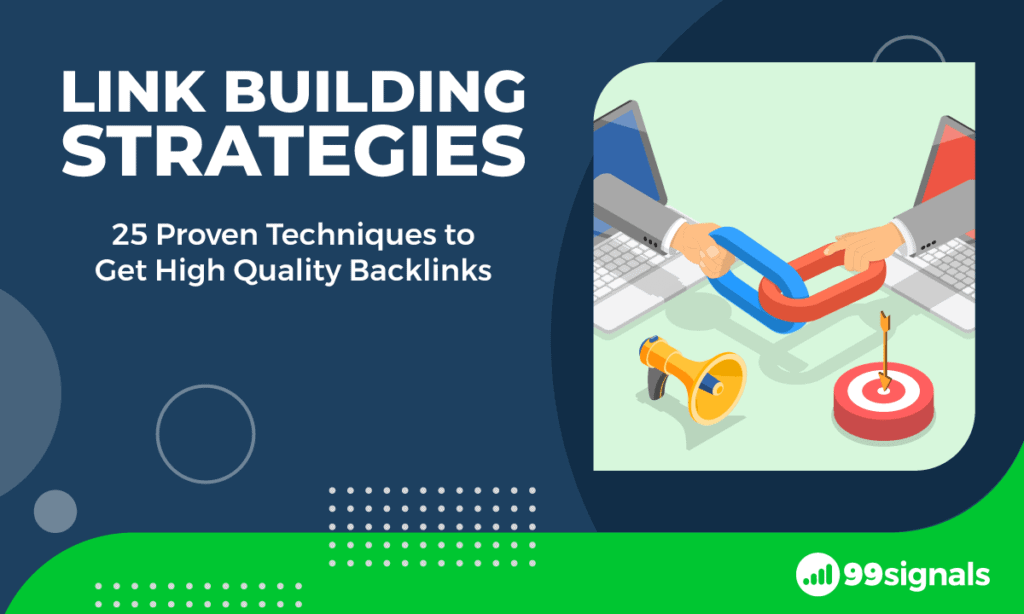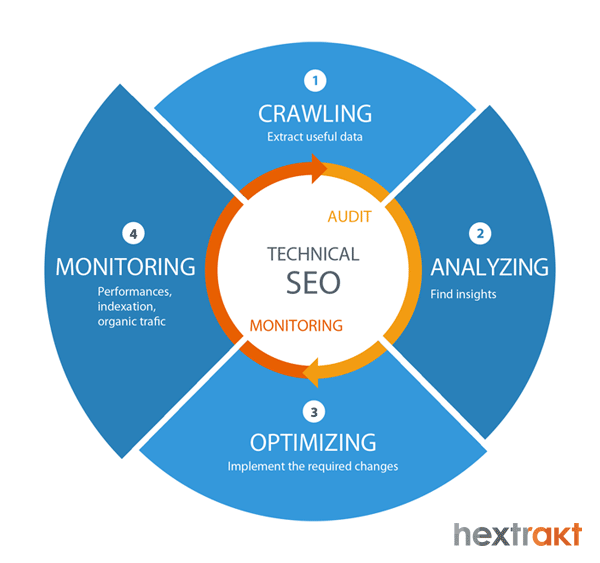
Analyze backlinks of competitors to determine which domains are linking to your website. You can use tools like Link-intersect to find the most valuable backlinks for your competitors. Here are some suggestions to help you get started.
Link-intersect instrument
The Link-intersection tool can be used to find backlinks of competitors. This tool will prioritize pages and sites with backlinks from multiple competitors. It will also display their Domain Authority. The tool will then allow you to analyze which competitor is more important. These are the steps you need to follow in order to use this tool. First, enter your competitors' domains in the tool. Then, wait for the tool's to process your data. Once the loading graphic is gone, you'll be able see the results. These results will be split into sites that intersect with yours.

Only 10 competitors can be analyzed by the Ahrefs link intersection tool. A manual analysis will be required to analyze more than ten competitors. This will give you more detailed insights, even though it may take longer. There are only a few niches that have less than 10 competitors. You can then use the Link-intersection to identify which links are safe or dangerous.
Tracking competitor brand mentions
Tracking your competitor's brand mentions online is one way to track backlink possibilities. When someone mentions your brand online, you can take notice. This method will not only track websites that are related to your competitor's brands, but it will also show coverage of your brand. Tracking competitor brand mentions can be done via social media, branded services and CEOs as well as Google Alerts. You can then take action.
SEMrush allows you to track mentions of competitor brands. SEMrush is a free tool that tracks backlinks based upon brand mentions and lets you create reports by keyword. This tool offers many cool features. You can type in your search term and see all mentions on blogs and other social media sites. This tool will give you valuable insights into your competition's SEO strategy, and help you stay ahead.
Analyzing competitor's backlinks

Analyzing their backlinks will allow you to determine what your competitors are doing in order to be higher on Google. There are a number of tools available to you, and these include Alexa's competitive keyword matrix and the Sites Linking In tool. In addition, you can use Alexa's Competitive Keyword Matrix to see what sites your competitors are using to drive traffic to their own website.
The Moz link explorer is one of the oldest and most popular backlink checking tools. It is able to analyze any website's backlinks and has a broad range of features. It can provide live links references as well as anchor text analysis, domain authority checks, and anchor text analysis. You can even see the link scores of websites linking to you website. You can also check which subdomains your competitors use and see which websites they link to.
FAQ
How often is SEO needed?
If you maintain your links correctly, you don't necessarily need to update or perform SEO campaigns regularly. But, if you neglect to maintain your links and rely solely upon organic traffic, you might lose out on potential clients.
For small businesses, it's recommended that you update your website monthly. If you are a larger company, it may be necessary to update your SEO every quarter.
Can I Improve My Rankings Using Link Building?
Link building is the process that creates high-quality backlinks for your website. It's important to ensure that websites linking to yours are relevant for your business. The better the link, the more authoritative and unique it is.
What Does SEO Mean For Small Businesses?
Today, small businesses face the challenge of competing against large corporations that spend millions advertising. Search Engine Optimization (SEO), allows small businesses to benefit from the same marketing power, without breaking the bank.
How long does it take to build up traffic through SEO?
It usually takes three to four months for traffic generation via SEO. But, this depends on many factors, including:
-
Site content (quality)
-
Backlinks
-
Targeted keywords
-
Competitor rankings etc.
SEMrush provides a free trial to help you get started in SEO. You can monitor all aspects of your SEO campaign with them, including competitor research and backlink profile, top pages and local listings, organic traffic stats, reports and more.
Statistics
- A 62.60% organic traffic boost to that page: (backlinko.com)
- 64% of marketers actively create SEO campaigns because they help hit multiple key performance indicators (KPIs), including increasing traffic, helping your site rank for relevant keywords, improving your conversion rate, and much more. (semrush.com)
- Sean isn't alone… Blogger James Pearson recently axed hundreds of blog posts from his site… and his organic traffic increased by 30%: (backlinko.com)
- If two people in 10 clicks go to your site as a result, that is a 20% CTR. (semrush.com)
- Deleting those 10k pages is one of the main reasons that he improved his site's organic traffic by nearly 90%: (backlinko.com)
External Links
How To
How to make a successful SEO campaign
Creative writing requires that you know how to set yourself apart from the rest.
Most writers are similar. Writing follows the same patterns. They fall back to cliches and repeat themselves.
Breaking out from old patterns and coming up with new ideas is the key. Thinking outside the box is key.
You should also look for interesting ways to make writing more interesting. Write for your audience by considering what makes them tick. What drives them? What makes them laugh? What makes them smile?
What excites and scares them? What scares 'em?
Think about these questions when you sit down to write. Ask yourself why you think someone would care about your words. Why would someone read your words and not others?
Once you have this information, you can start to write your story.
Your hook is the first thing you should do. Your opening line is crucial. It's the first impression your readers make of you. You should choose carefully.
Next, decide whether or not your piece will be informative. Informational pieces explain facts. Persuasive pieces convince readers to agree with you.
Finally, determine whether you're going to tell stories or give examples. Stories are exciting. Exemples show how something works.